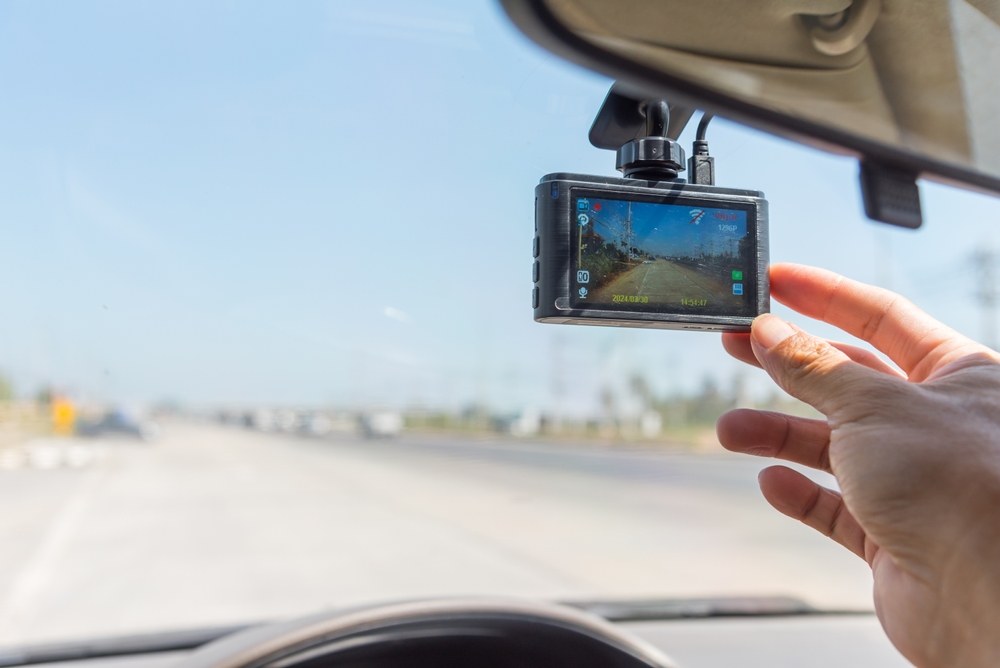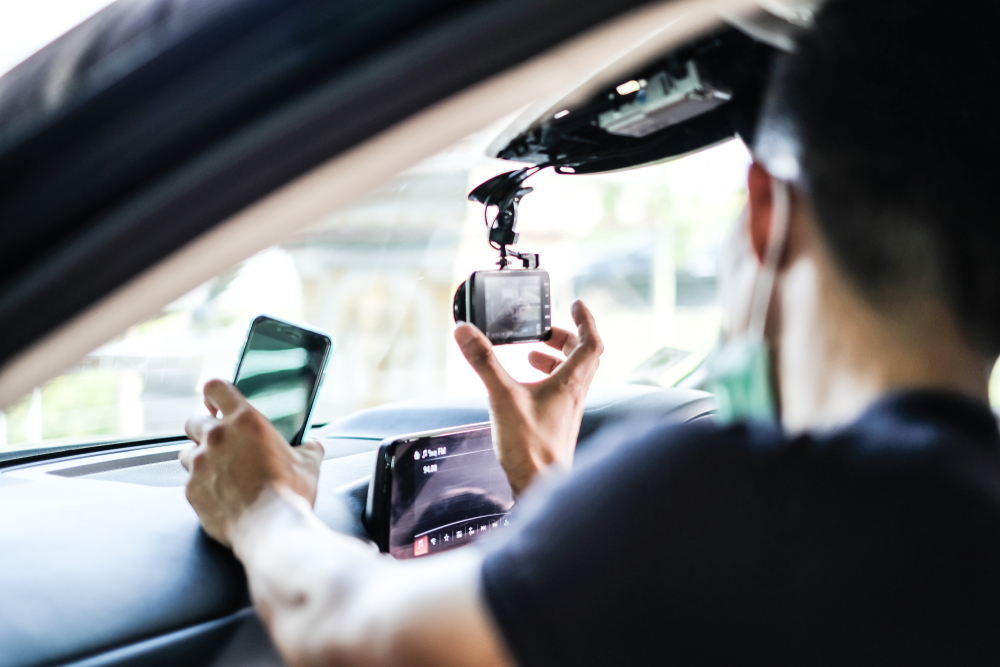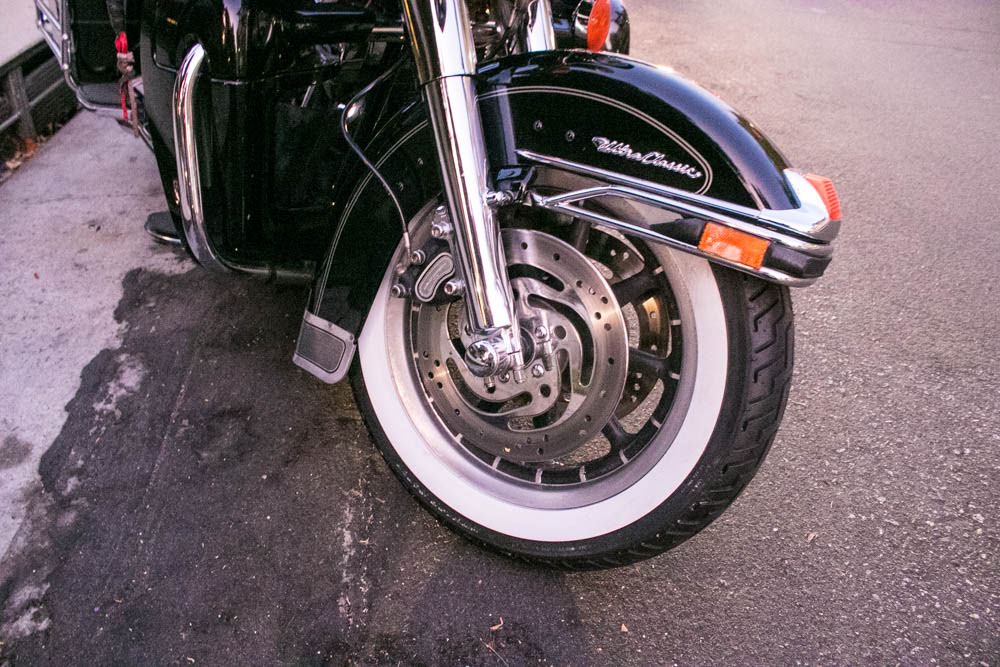The Role of Dashcams in Car Accident Cases

Written by Molly A. Ullrich

Dashcams have become a crucial tool in car accident cases by providing clear, objective evidence of events leading up to a collision. They help establish fault by capturing real-time footage that can verify or contradict witness statements and insurance claims.
This video evidence can simplify legal processes and speed up claims resolution, reducing disputes over what happened on the road. As technology advances, dashcams are increasingly accessible and reliable, making them a valuable asset for drivers and legal professionals alike.
Understanding Dashcams and Their Functionality
What Are Dashcams?
Dashcams are small cameras mounted on a vehicle’s dashboard or windshield. They continuously record the road ahead and sometimes the interior or rear of the vehicle. This footage can capture accidents, traffic violations, or unusual events.
Most dashcams use wide-angle lenses to cover a broad field of view. They start recording automatically when the vehicle powers on and store video files in loop mode, overwriting older footage unless saved manually. Many models include features such as GPS tracking and timestamping to provide precise data on time and location.
How Dashcams Work
Dashcams rely on a built-in power source connected to the vehicle’s battery or a cigarette lighter adapter. Once the vehicle starts, the camera activates automatically. It records in segments, often 1-5 minute clips, saving these files on a removable memory card.
When the memory card fills, the oldest segments are overwritten unless the system detects an event, such as a collision, triggering automatic protection of those files. Some dashcams incorporate motion sensors to capture events while parked. GPS modules embedded in many devices log speed, route, and location data alongside the video.
Common Misconceptions About Dashcam Footage
Dashcam footage is sometimes mistakenly viewed as foolproof evidence. However, it can be incomplete or unclear due to camera angle, lighting, or obstructions. The footage shows only the camera’s perspective and may not capture all relevant details.
Another misconception is that footage cannot be edited or tampered with. While digital files are vulnerable to manipulation, many dashcams embed metadata and use file encryption to maintain integrity. Courts often require expert verification to confirm footage authenticity.
Some believe dashcams always record audio, but many jurisdictions restrict audio recording without consent. This limits the availability of sound as evidence, affecting the interpretation of incidents recorded by the camera.
Significance of Dashcam Footage in Car Accident Cases
Benefits of Using Dashcams in Legal Proceedings
Dashcams capture continuous video before, during, and after an accident, offering clear evidence that can be reviewed multiple times. This reduces reliance on witness memory, which can be faulty or biased. Legal professionals and insurance companies often prefer dashcam footage because it presents factual data without interpretation.
Dashcam videos often include timestamps and GPS data, which help verify the timing and location of incidents. Courts accept dashcam footage as credible because it provides an unaltered record, strengthening its weight in proceedings. Additionally, dashcams can deter fraudulent claims by exposing false statements.
Establishing Fault and Liability Through Dashcam Evidence
Dashcam recordings can show critical details such as vehicle speed, traffic signals, road conditions, and driver behavior. This data is essential for determining fault by revealing whether a driver violated traffic laws or driving standards.
In disputes, dashcam footage may highlight the sequence of events leading to the accident, clarifying who acted negligently. It removes doubts by visually documenting who had the right of way, who braked or swerved, and how each vehicle was positioned at impact. This helps courts assign liability with greater precision.
Legal Considerations of Dashcam Evidence
Dashcams and Their Admissibility in Court
Courts generally accept dashcam footage as evidence if it meets authenticity and relevance criteria. The recording must be clear, unedited, and properly preserved to avoid disputes over tampering.
Privacy laws affect admissibility, particularly in jurisdictions where audio recording without consent is illegal. Dashcams capturing public roads usually comply with regulations, but footage recording private spaces can face challenges.
Judges may exclude dashcam evidence if provenance is questionable or if the footage was obtained unlawfully. Defense and prosecution often scrutinize metadata, such as timestamps and GPS data, to verify accuracy.
Impact on Car Accident Cases
Dashcam evidence frequently clarifies fault in collisions by showing vehicle behavior before and during accidents. This can streamline settlements or influence jury decisions by offering firsthand visual context.
Insurers often use dashcam videos to validate claims or detect fraudulent reports. Dashcam recordings may reduce investigation times and lower costs for all parties involved.
However, footage that only captures part of an incident or is ambiguous can complicate cases. Proper placement and maintenance of dashcams are critical to ensure useful recordings in legal disputes.
Practical Steps After a Car Accident Involving Dashcams
Immediate Actions to Take at the Scene
After an accident, safety is the priority. Move to a secure location if possible and check for injuries. Call emergency services to report the incident and get medical help.
Next, ensure the dashcam continues recording or manually save the footage before it can be overwritten. Many dashcams automatically loop, so prompt action is crucial to preserve video.
Gather information by exchanging contact and insurance details with the other driver. Photograph the scene and any damage from multiple angles. This visual context supports the dashcam footage.

Leveraging Dashcam Footage for Your Case
Dashcam footage provides direct, objective evidence of an accident’s events. It can clarify fault, confirm traffic signals and speeds, and counter false claims.
Secure a copy of the video file regardless of the dashcam model. Confirm the file’s clarity, date, and time stamps. Avoid editing the footage yourself to maintain authenticity.
Presenting this footage to insurance adjusters or legal counsel strengthens your position. It reduces reliance on memory or witness statements, which can be inconsistent or biased.
Smith & Weidinger PLLC’s Approach to Dashcam Evidence
Smith & Weidinger PLLC emphasizes early collection and review of dashcam footage. Our experts analyze video details alongside police reports and medical records to build a comprehensive case.
We advise clients on secure data handling and coordinate with technical specialists to authenticate footage. Our firm also uses dashcam evidence strategically in negotiations and court proceedings.
By integrating dashcam videos, Smith & Weidinger PLLC aims to provide clients with stronger, evidence-backed claims for fair compensation. Our approach minimizes uncertainties around accident circumstances.
Note: The information provided in this blog post has been compiled from publicly available and secondary sources. While we strive for accuracy, some details may become outdated or contain inadvertent errors. If you believe any information is incorrect or requires updating, please contact Smith & Weidinger so that we may review and make the appropriate corrections.
Disclaimer: This blog post is for informational purposes only and is not intended as a solicitation for business. The photo used is not from the scene of the incident described. Viewing this content does not create an attorney-client relationship with Smith & Weidinger. If you have been injured in an accident, please seek immediate medical attention and then consult with a qualified attorney to discuss your legal rights and options.










